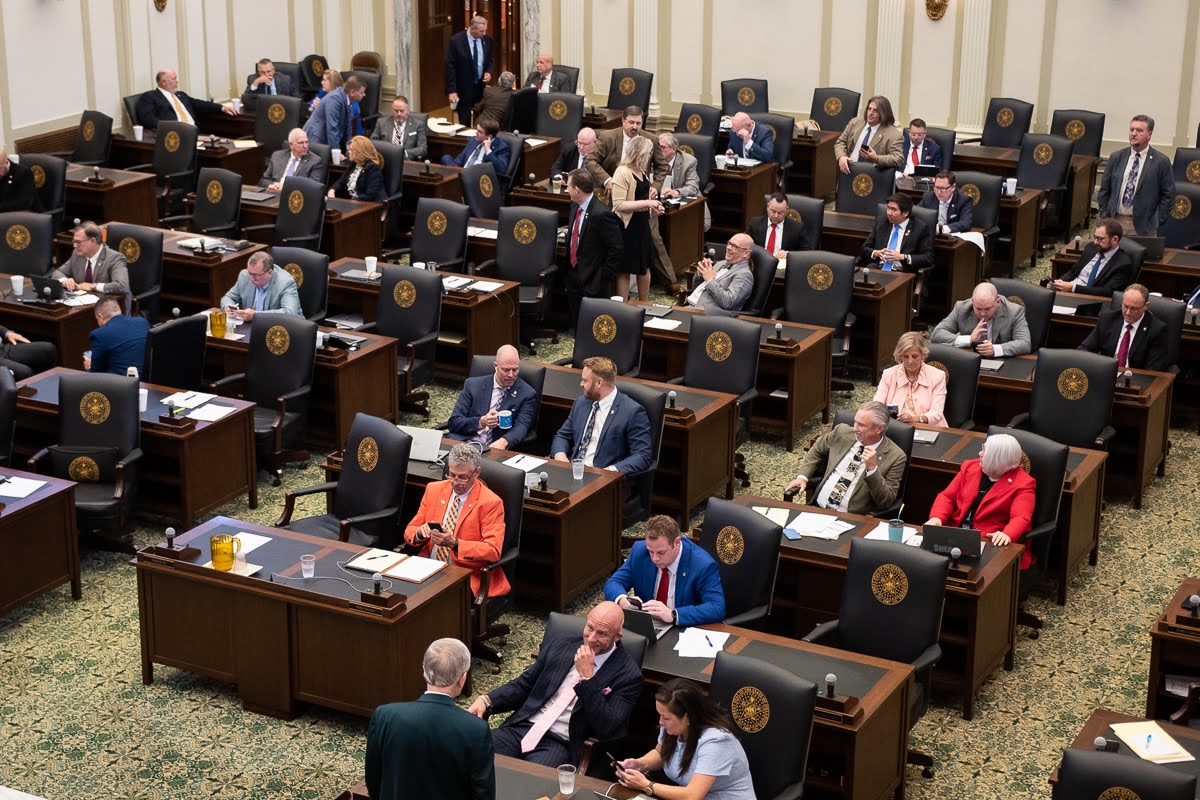After weeks of back and forth, Vermont lawmakers reached a tentative agreement on a transformational education reform bill.
The legislation could completely reshape the way schools function and are funded in the state. It includes new school district boundaries, class size minimums and replaces the current variable funding model with a foundation formula, which will distribute a fixed amount of money to each district based on the number of students enrolled.
During Friday’s news conference, Gov. Phil Scott said he believes this bill will help save taxpayers hundreds of millions of dollars, but there’s still work to do.
“I don’t believe this is a slam dunk by any stretch,” Scott said.
Currently, Vermont has more than 100 school districts. They would be consolidated and new boundaries would be redrawn by a task force before the end of the year. Waivers would be available for geographically isolated schools, but noncompliance could trigger forced consolidation.
A conference committee has been working on revamping the legislation, which originated in the House and cleared the Senate in an 11th-hour vote last month. Friday’s compromise is a significant advancement after negotiations stalled over Vermont’s school choice vouchers.
Lawmakers agreed to narrow eligibility for private schools to receive public money.
House Speaker Jill Krowinski released a statement Friday, praising lawmakers’ effort to meet in the middle.
“I’m grateful for the dedication and perseverance of everyone involved,” she said. “This agreement was made possible through a spirit of compromise and a shared focus on building a better future for our kids.”
Scott said he’s anticipating opposition on both sides of the aisle.
“They’re going to have to look at their own districts and determine whether they can vote for it or not,” he said. “There will be Republicans that will vote for it and there’ll be Democrats who will vote for it as well.”
The governor criticized the reforms coming out of the House and Senate this session, particularly the delayed timelines in some proposals.
The committee’s version of the bill lays out a transition timeline. The redrawn district boundaries would take effect next summer, with time for reorganizing and first elections. The foundation formula would be implemented in 2029.
The compromise still needs approval from both chambers of the legislature and Scott before it becomes law.
READ MORE:
Lawmakers reach tentative deal on landmark education reform
CHECK OUT WPTZ:
Get the latest Plattsburgh and Burlington news of the day. See the stories making headlines, and get the latest weather report online, anytime.





